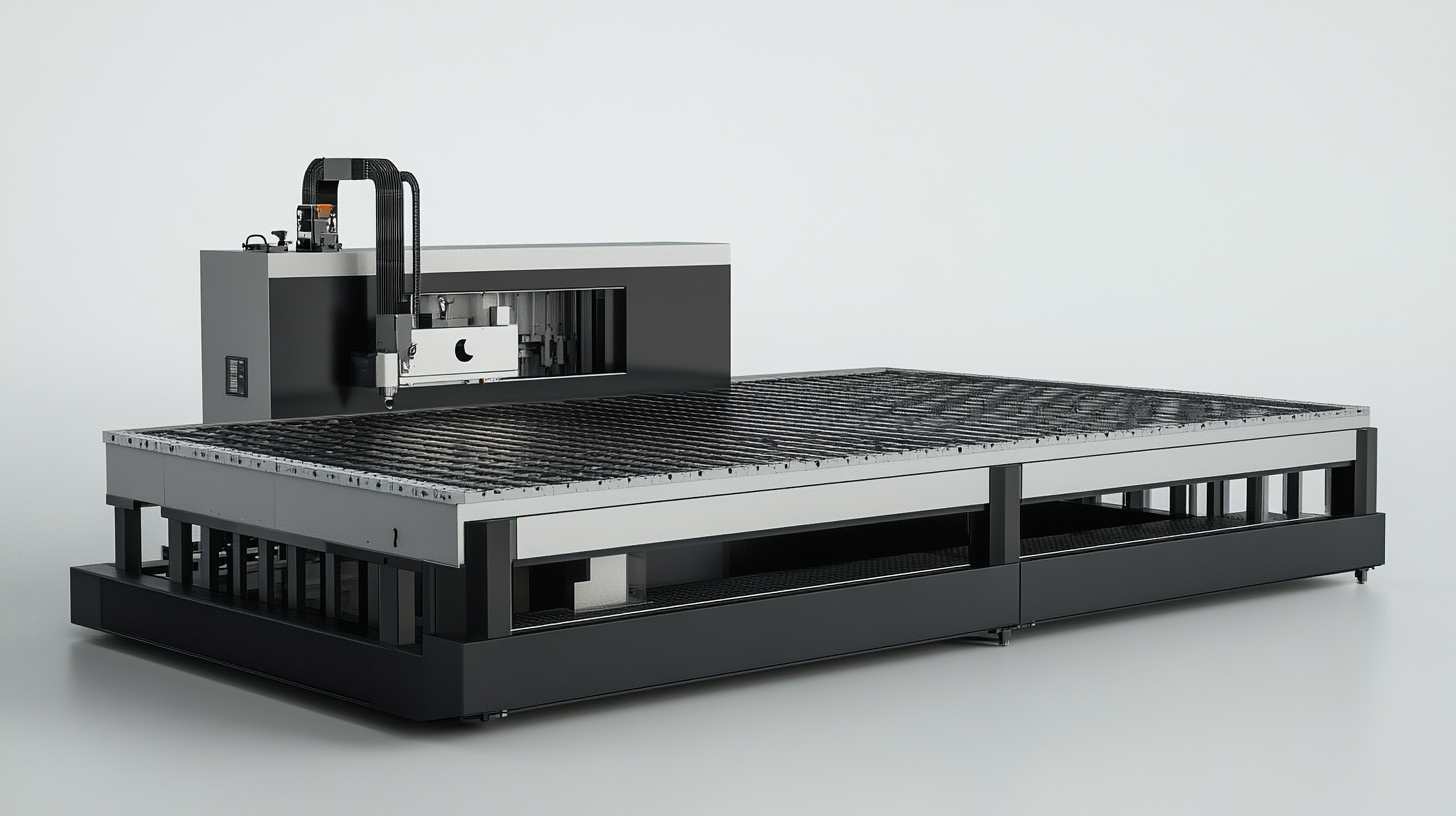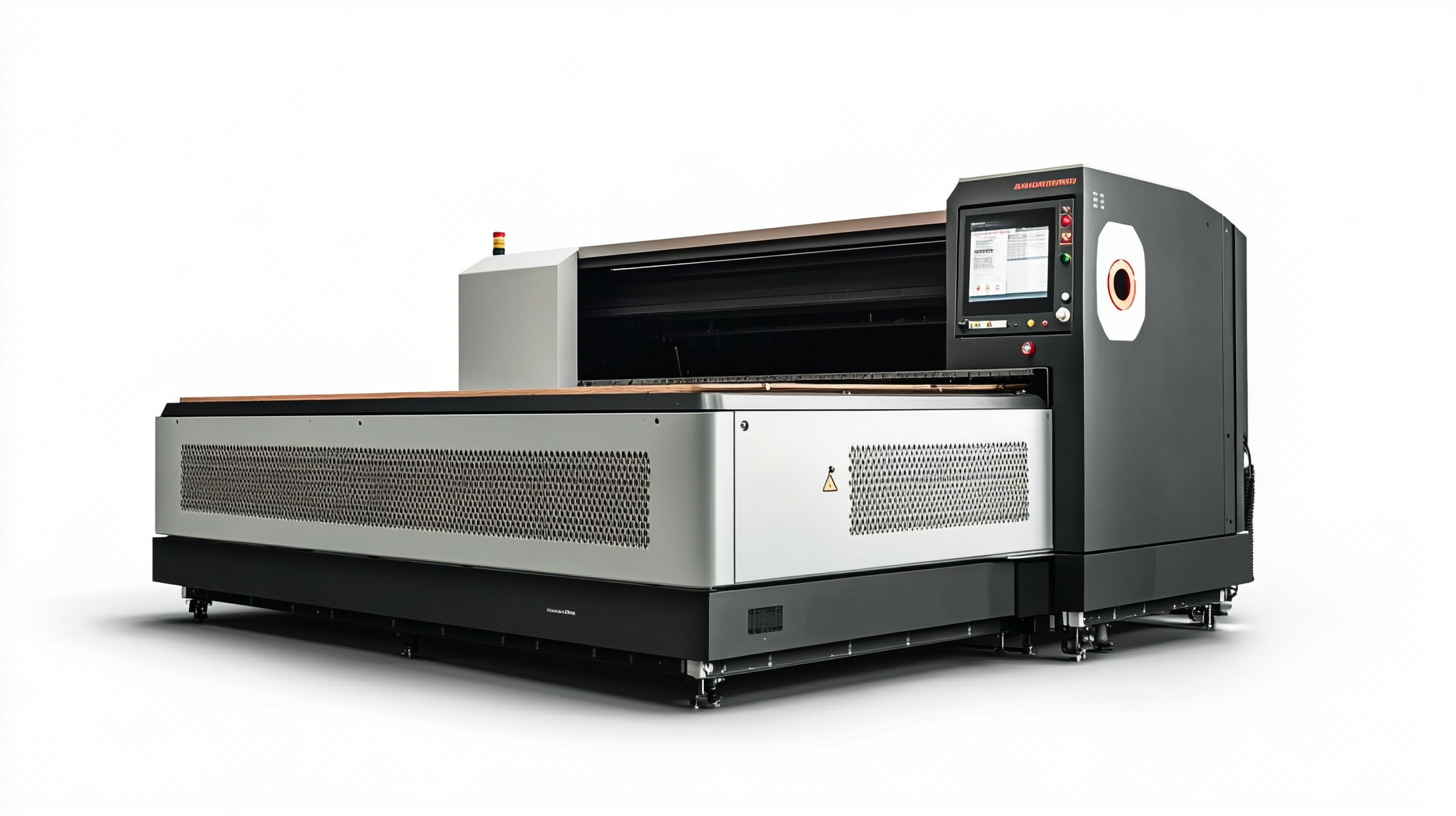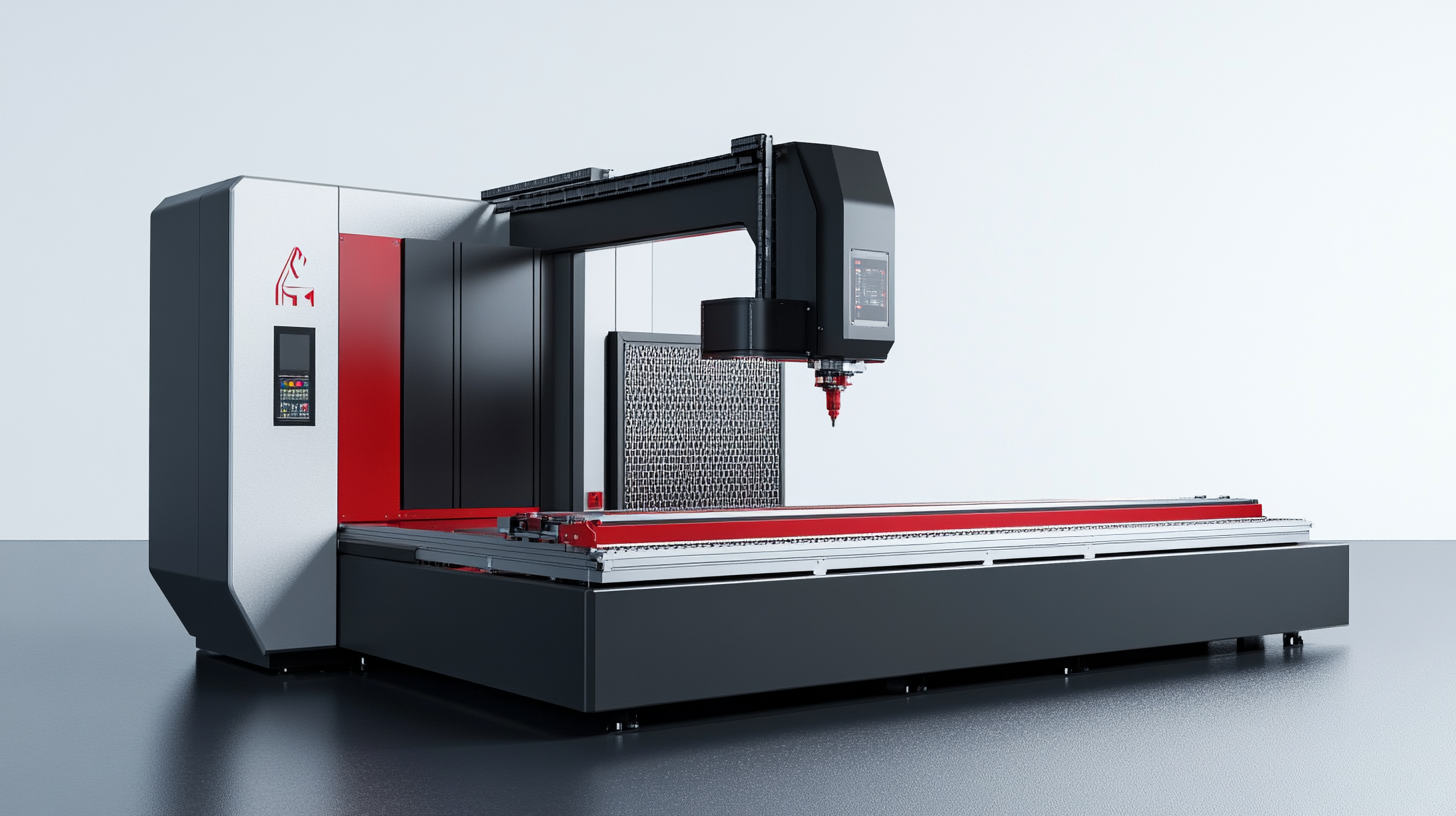© 2025 Messer Cutting Systems, Inc.
In today's competitive manufacturing landscape, efficiency and precision are paramount, leading many businesses to explore advanced technologies that can enhance their production processes. One such innovation is the Laser Cutter, which has revolutionized material processing across various industries. According to a recent report by Market Research Future, the global laser cutting market is projected to reach approximately $7.3 billion by 2026, growing at a remarkable CAGR of 6.5% from 2019 to 2026. This surge can be attributed to the growing demand for high-quality finished products and the need for faster turnaround times. Laser Cutters offer unmatched accuracy, reduced material waste, and the capability to work with an array of materials, making them an essential tool in modern manufacturing. As companies strive for greater operational efficiency and cost-effectiveness, understanding the advantages of integrating Laser Cutters into their processes becomes increasingly critical.

The surge in laser cutting technology adoption within the manufacturing sector is indicative of the industry's shifting landscape. According to recent market analysis, the laser cutting machines market size is projected to exceed USD 12.65 billion by 2032, demonstrating a robust growth trajectory driven by advancements in technology and increasing demand for precision fabrication. Laser cutting offers manufacturers unparalleled accuracy and efficiency, making it an indispensable tool for a wide range of applications, from metalworks to textiles.
As industries strive to enhance production capabilities and reduce operational costs, laser cutters are becoming the preferred option for many manufacturers. The ability to perform intricate cuts with minimal material waste not only improves yield but also accelerates the overall production timeline. The growing emphasis on automation and smart manufacturing practices further underscores the importance of integrating laser cutting technology into production processes, fostering innovation and competitiveness in a rapidly evolving market.
Incorporating laser cutting into manufacturing strategies is not merely a trend; it represents a critical shift towards smarter, more efficient production methods that leverage cutting-edge technology to meet modern demands. With significant investments and research dedicated to this area, the future of laser cutting in manufacturing looks exceptionally promising.

In today's fast-paced manufacturing landscape, precision and efficiency are paramount for success. Laser cutters have emerged as a vital tool that enhances both aspects, revolutionizing production processes across various industries. The ability of laser cutters to deliver intricate designs with unparalleled accuracy is a game-changer. Unlike traditional cutting methods, which often rely on physical pressure and can lead to material distortion, laser technology utilizes focused light to achieve cleaner cuts and finer details. This level of precision not only elevates product quality but also minimizes material wastage, making it an economically wise choice for manufacturers.
Furthermore, the efficiency gained from laser cutting cannot be overstated. The rapid processing speeds associated with laser technology allow for quicker turnaround times, enabling companies to meet demanding production schedules without compromising on quality. Automated systems can easily integrate with laser cutters, streamlining workflow and reducing the need for manual intervention. This enhanced productivity frees up valuable resources, empowering manufacturers to allocate time and effort toward innovation and growth, rather than repetitive tasks. In an era where speed and quality dictate market competitiveness, embracing laser cutters is not just an advantage; it's an essential strategy for future-proofing manufacturing operations.
In today's competitive manufacturing landscape, organizations are increasingly pivoting towards laser cutters as a strategic investment that transcends mere cost-cutting measures. The ability of laser technology to enhance precision while streamlining operations cannot be overstated. Cost-benefit analyses reveal that these advanced machines not only reduce material waste but also significantly lower production times, ultimately leading to substantial long-term savings. As the demand for automation in manufacturing grows, integrating laser cutters becomes a vital aspect of modernizing processes and ensuring optimal resource allocation.
Moreover, the trend of cost optimization reflects a broader shift towards sustainable growth strategies within the industry. Companies embracing laser cutting technology are not just addressing immediate financial constraints; they are positioning themselves for future success by improving efficiency and adaptability. The capability to produce high-quality outputs with minimal overhead empowers businesses to respond adeptly to market demands, further solidifying the case for investing in laser cutters. As organizations strive for excellence and innovation, these machines provide a competitive edge that aligns perfectly with the evolving landscape of manufacturing.
This pie chart illustrates the long-term savings achieved by integrating laser cutters into manufacturing processes. Each segment represents a different cost-saving factor associated with laser cutting technology.
In today's manufacturing landscape, laser cutters are revolutionizing material versatility, allowing industries to harness a broader range of materials than ever before. The advanced precision of laser cutting technology ensures that manufacturers can work with everything from metals to plastics, delivering intricate designs with minimal waste. This adaptability is crucial as companies strive to meet diverse consumer needs while maintaining efficiency within production lines.
One of the standout benefits of laser cut technology is its compatibility with various production methods, including mass production via large-format systems. As manufacturers like Bright Laser Technologies (BLT) explore innovative techniques, the integration of laser cutting provides not only enhanced speed but also superior quality in finished products. In addition to traditional materials, emerging technologies and market trends, such as the increased adoption of fiber lasers, further elevate the capabilities available for cutting thin sheets and complex shapes. This versatility positions laser cutters as an essential asset in modern manufacturing, driving growth and enabling a rich variety of applications across multiple industries.
In the ever-evolving landscape of manufacturing, the choice of cutting methods can significantly influence efficiency and product quality. When comparing laser cutting to traditional methods such as CNC milling or mechanical cutting, the advantages of laser technology become evident. Laser cutters excel in precision, allowing for intricate designs to be executed with minimal tolerance levels. This level of accuracy not only enhances the aesthetic appeal of products but also reduces material wastage, making the manufacturing process more sustainable.
Moreover, laser cutting significantly speeds up production times. Traditional cutting methods often require multiple passes or tooling changes that can slow down operations. In contrast, laser cutters operate continuously, managing complex cuts without the need for extensive setup alterations. This efficiency allows manufacturers to meet tight deadlines and respond quickly to market demands, providing a competitive edge.
Additionally, the versatility of laser cutting cannot be overlooked. While traditional methods may be limited to specific materials, laser technology can handle a broad range of substances, including metals, plastics, and wood. This adaptability makes it easier for manufacturers to diversify their offerings without needing to invest in specialized equipment for each material type. As the industry moves towards more sophisticated production techniques, opting for laser cutters presents a strategic advantage for those looking to enhance their manufacturing processes.

© 2025 Messer Cutting Systems, Inc.